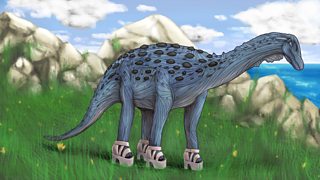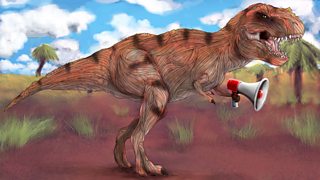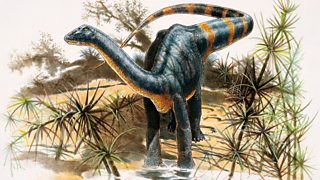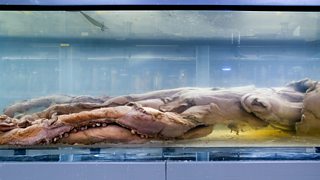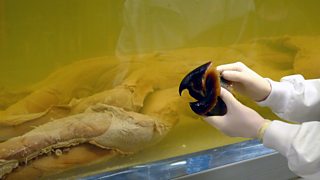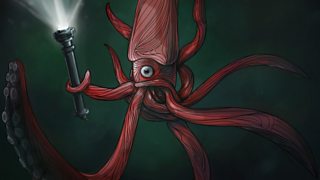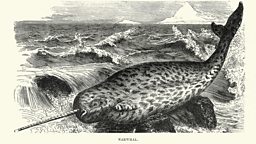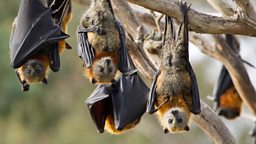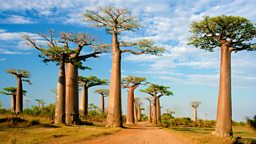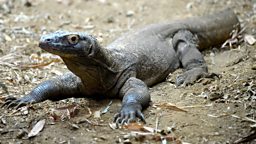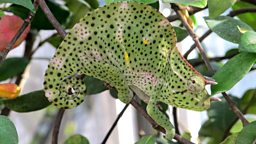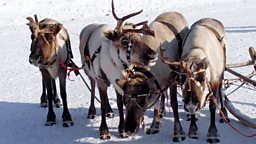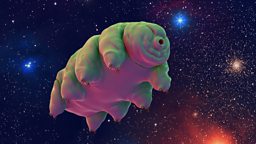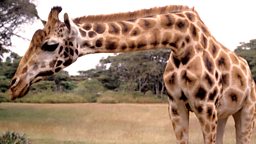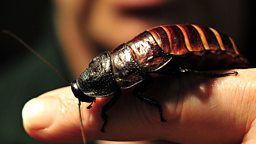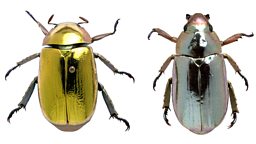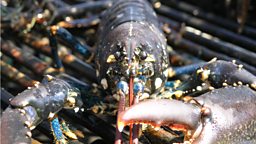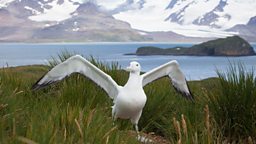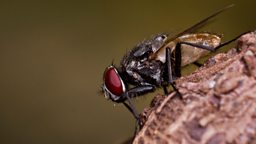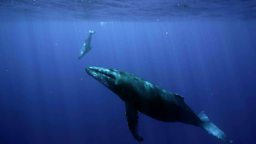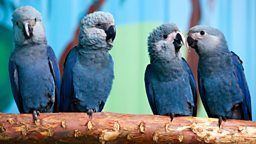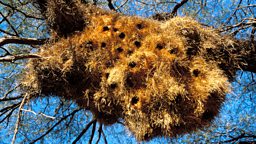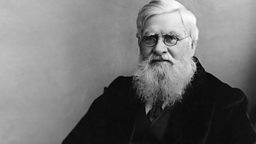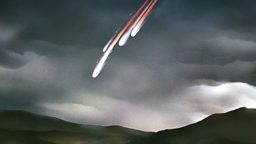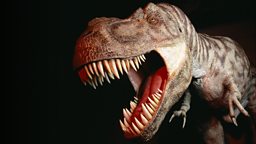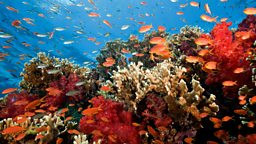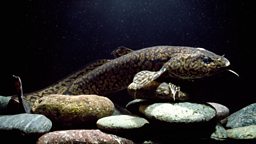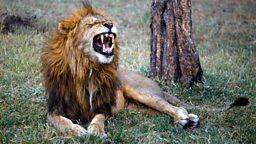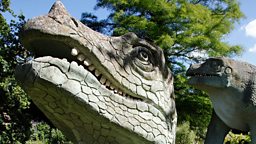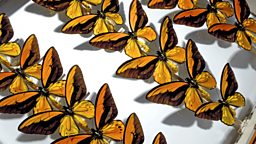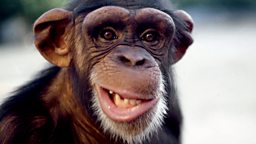Factosaurus: 12 facts about dinosaurs
1. Dinoteeth
Tyrannosaurus rex had jagged and couldn’t chew, so it swallowed its food in large chunks… unless its mother was watching.
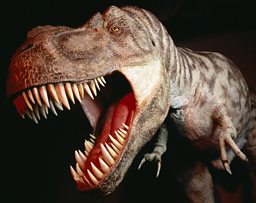
2. The smallest...
The smallest dinosaur is alive today in the form of the tiny bee hummingbird. Research suggests there is a .
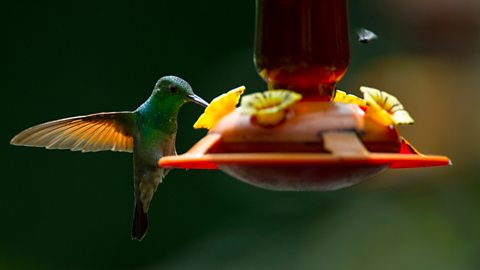
'Birds are living dinosaurs'
Paul Barrett from the Natural History Museum on the link between dinosaurs and birds.
3. And the biggest…
The largest-ever dinosaur is open to debate. Some researchers claim it is the Dreadnoughtus schrani, whilst others suggest the Argentinosaurus huinculensis was even bigger (estimated to be up to 130 feet in length and weighing over 70 tonnes).
4. Fossil hunting
Palaeontology as a hobby took off in the 1830s and fossil collecting at weekends was as popular then as ornithology is today.
5. Eat your greens
Some dinosaurs ate a bus-sized pile of vegetation every day. You know what they say, “a large hedge a day keeps the doctor away”.
6. Increasing fame
Scientists are still discovering new species of dinosaur (including as recently as July 2015). weekend is evidence that dinosaurs still engage and enthral.
7. Not bright
Stegosaurus’ brain was the size of a walnut. It may as well have actually been a walnut.

8. End of an era
The famous diplodocus (which is not a real skeleton, but a cast) in the Hintze Hall of the Natural History Museum will be replaced by a blue whale skeleton in 2017.
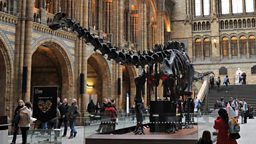
9. Easy access
Britain was a land bridge between North America and Eurasia and a hotspot for dinosaur migration, until the 'Farageosaurus' attempted to close the borders and was forced to resign. For a couple of days.
10. Feathery friends
Research has found that many, if not all, medium to small dinosaurs had feathers.
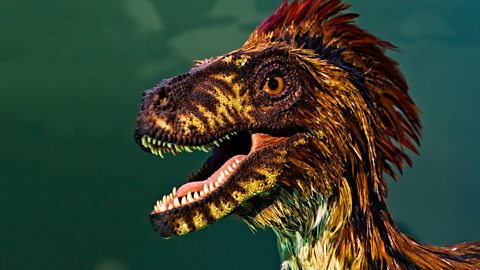
'Many, if not most, dinosaurs had feathers'
Prof Mike Benton explains how we know all small to medium-sized dinosaurs had feathers.
11. How low can you go?
Diplodocus’ ears appear to be well-suited to picking up low-frequencies. As a result, it is thought that they made very low sounds, possibly so low that we would have felt rather than heard them.
12. Asteroid attack
It’s thought a meteorite was responsible for the extinction of most dinosaurs.
Evidence suggests a huge asteroid, probably about 10km wide, struck the earth at very high speed around 66 million years ago in an area called the Yucatan peninsula (now the Gulf of Mexico).
When the space rock struck, the energy released was thought to be ten billion times more explosive than the bomb dropped on Hiroshima.
Sources: Natural Histories, ������̳ Horizon, ������̳ News, Planet Dinosaur, The Telegraph and Discovery News.
Dinosaurs
-
![]()
Dinosaur myths, misconceptions and mysteries.
-
![]()
Watch a Natural Histories comedy clip featuring a dwarf dinosaur.
-
![]()
Brett Westwood explores how dinosaurs are influencing our stories, films and science.
-
![]()
Prof Paul Barrett from the Natural History Museum explains how ‘dwarfing’ affected dinosaurs as well as modern animals.
Giant squid
-
![]()
Yes, they really do have beaks and doughnut-shaped brains.
-
![]()
Jon Ablett introduces the Natural History Museum's 8.62m giant squid.
-
![]()
The giant squid takes pride of place as the personification of the terrors of the deep sea.
-
![]()
Natural Histories comedy with Shaun Keaveny.

